A step-by-step guide for hiring executives: job analysis, interview questions, and scorecards
Tõnis Arro
Co-founder, Wisnio and Executive Lab
After 30 years of working as a headhunter, I’ve realised that hiring decisions are the worst managerial decisions.
After all, executives receive very little training on hiring, yet they are expected to make high-stakes and expensive hiring decisions.
Can you think of any other high-impact decisions that are made without supporting data and rely primarily on gut feeling?
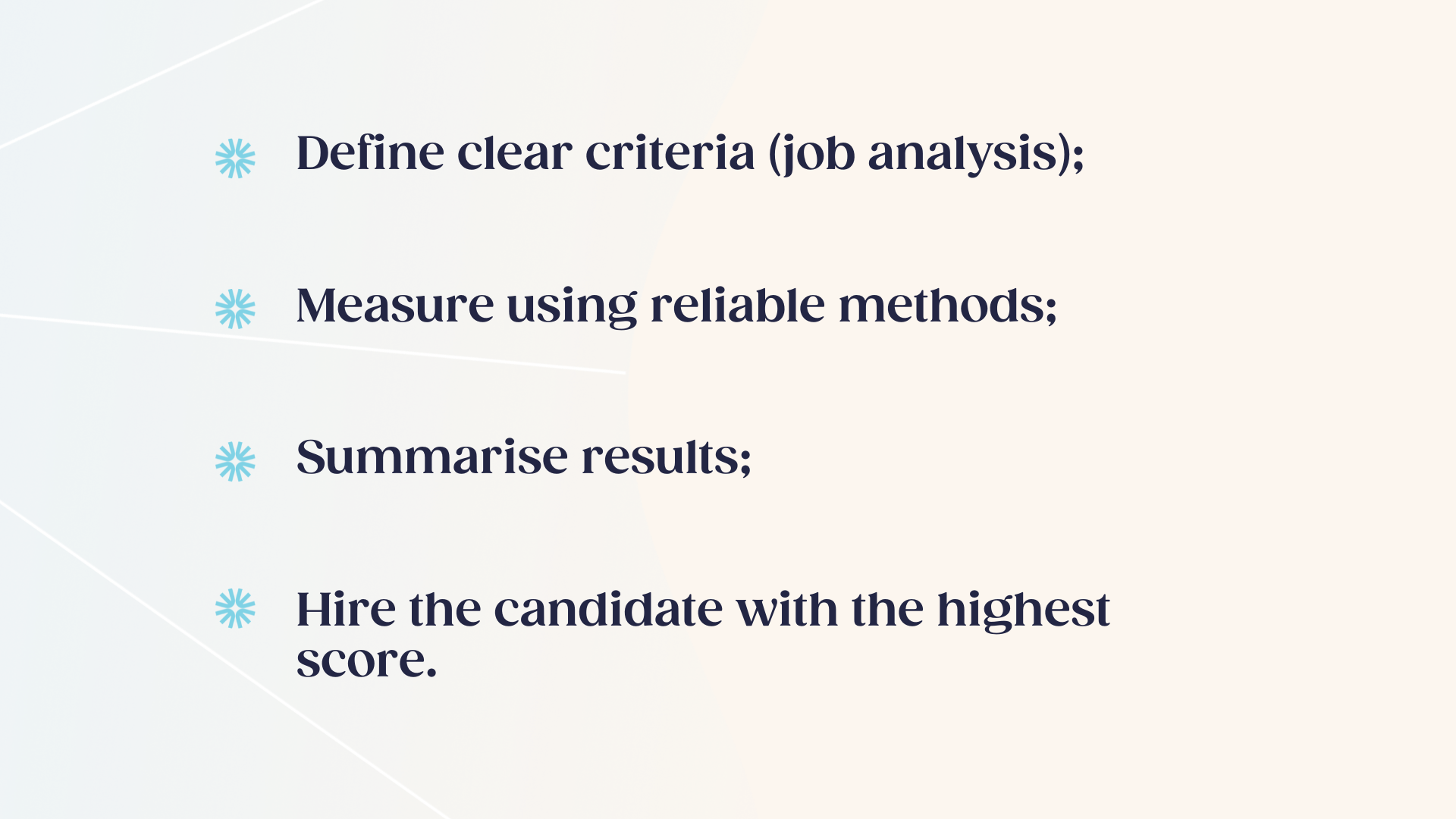
Luckily, hiring is not some black magic that only a few people can master. Research has shown that small tweaks to the process can have massive effects on the outcome.
In short, the research boils down to:
Define clear criteria (job analysis)
Measure using reliable methods
Summarise results
Hire the candidate with the highest score
There are other supporting steps like sourcing and screening candidates, checking references, etc., but it boils down to these four steps. I’ll cover all this and more with this step-by-step guide.
Job analysis
Throughout my years as a headhunter, I’ve had countless meetings with executives only to realise that the initial brief and who the company is actually looking for do not match. This is why a thorough job analysis is perhaps the most important part of hiring.
It’s not just a random description but an agreement between all the stakeholders. It ensures that you start with the right assumptions and concentrate your efforts on finding suitable candidates from the get-go.
“The Wisnio platform brings more logical, linear thinking into the hiring process leading to leaders to be more confident when making hiring decisions knowing that their decisions are based on data and science and not on gut feeling alone.”
Pamela Ruebusch - CEO, TSI Group Inc.
Without a thorough job analysis, it’s easy to waste valuable time interviewing candidates that aren’t a good fit. It also leads to bad hiring decisions as you are not sure what you need or what is required of the role.
Job analysis is a three-step process whereby you define the following:
Position-specific key performance indicators (KPIs);
Basic or threshold criteria;
Position-specific competencies.
The KPIs describe the objectives the new employee has to achieve to be considered successful. Threshold criteria include the experiences, qualifications, and skills required to achieve them, while competencies help distinguish superior performance from the average.
Learn more: Job analysis with Wisnio - a practical example
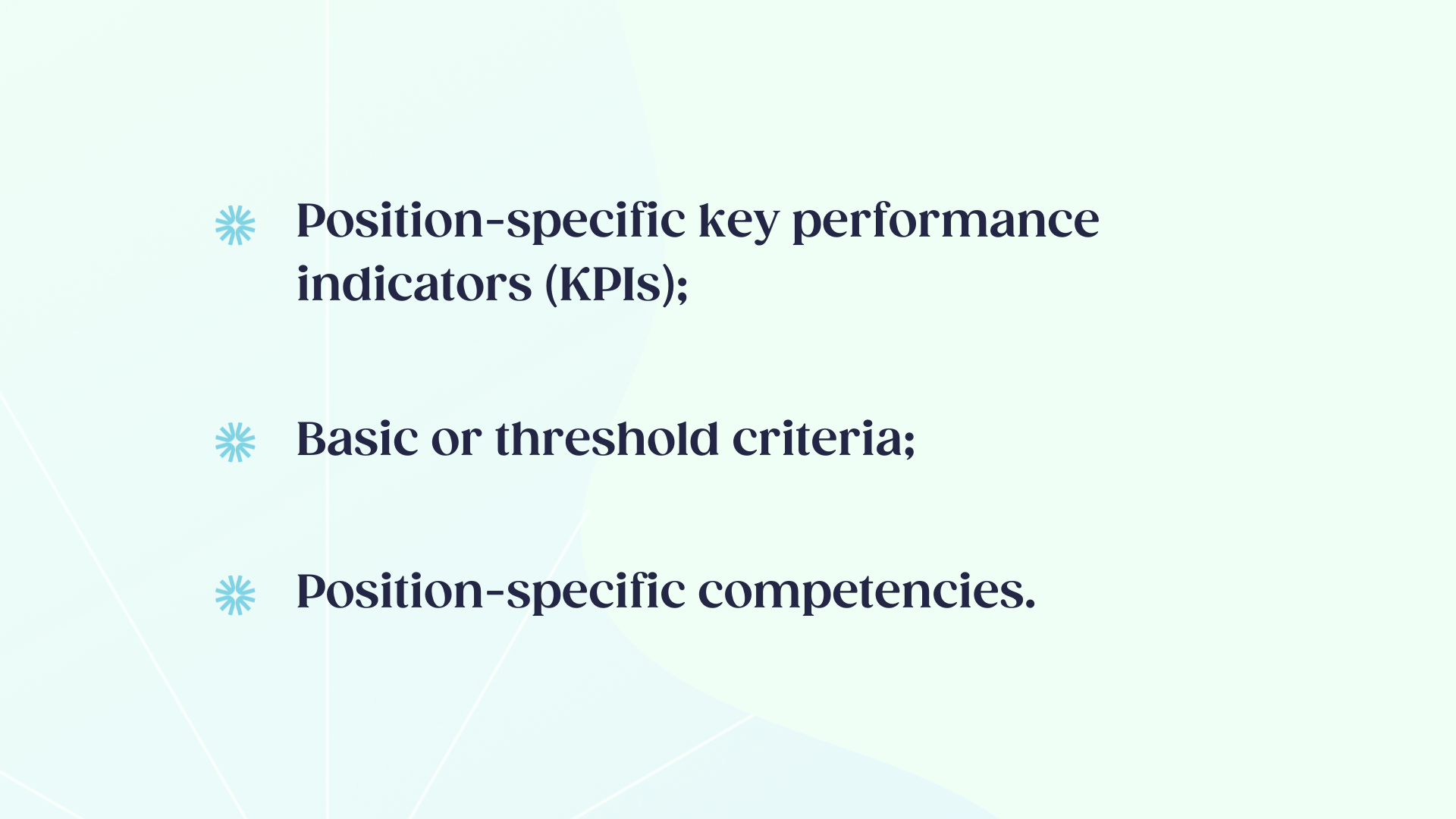
Sourcing
With sourcing, you’re looking to build a long list of contacts - a list of people who could conceivably qualify for the role (based on research done previously). No matter if the possible candidates are actively searching for new opportunities or not.
Suitable candidates can be found anywhere from your network to LinkedIn to professional organisations. Use every tool and resource available. At this early stage, you are looking for people who could qualify, even if they are not actively looking for a new role.
“Wisnio helps us differentiate between candidates otherwise similar in profile and experience by simulating how these people would fit into the existing management team.”
Timo Jäntti - Chairman of the Board, Taplow Finland
Screening
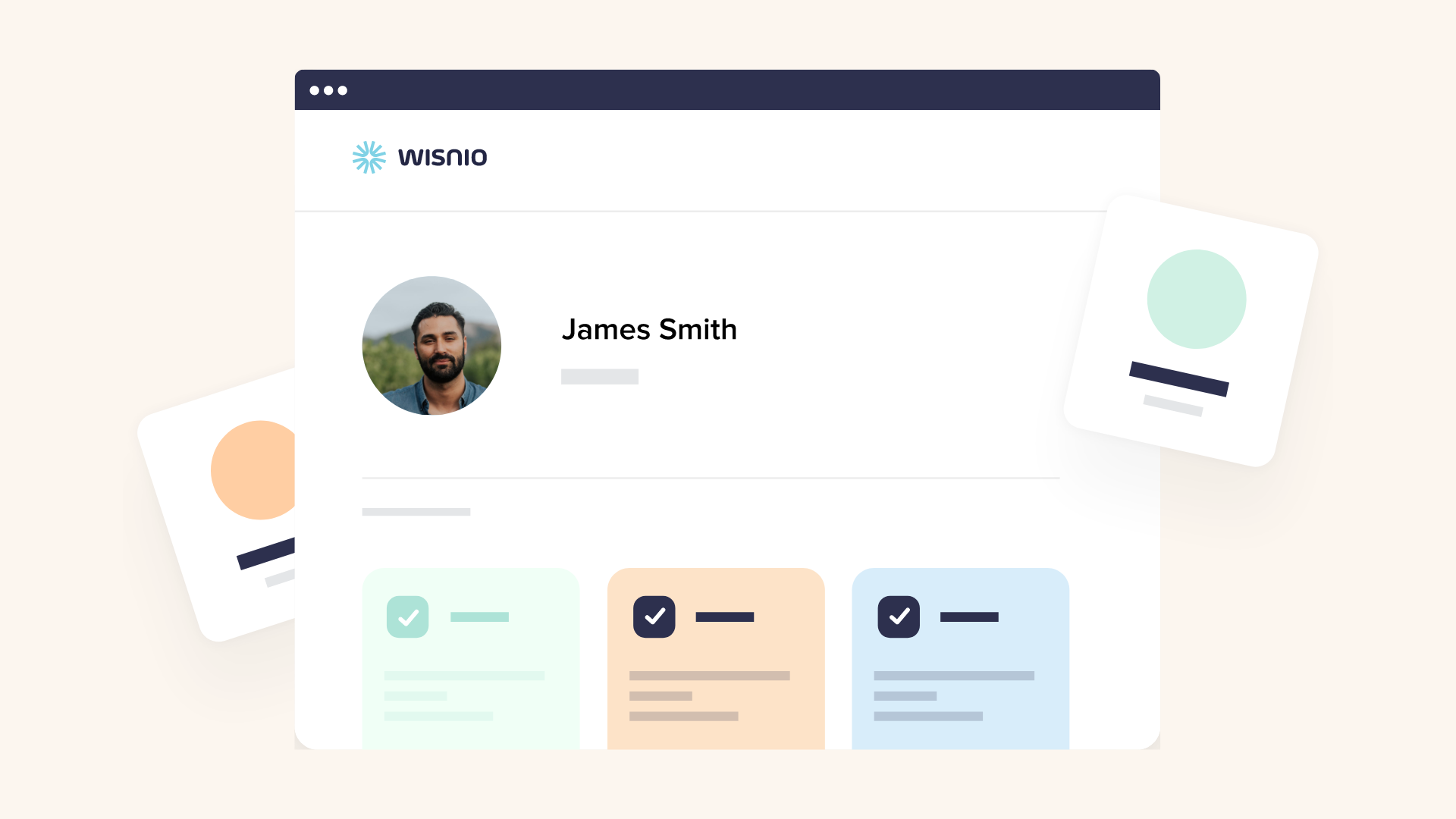
Just because someone is on your long list doesn’t necessarily mean they are the right choice. For example, they might not be open to changing jobs, not be the right fit, or their compensation requirements are far off from what the company is willing to offer.
You can’t know these details until you’ve talked with the candidate, and thus, a screening interview is used to qualify the candidates and better understand who is suitable and ready to move on with the hiring process.
Job-fit meetings
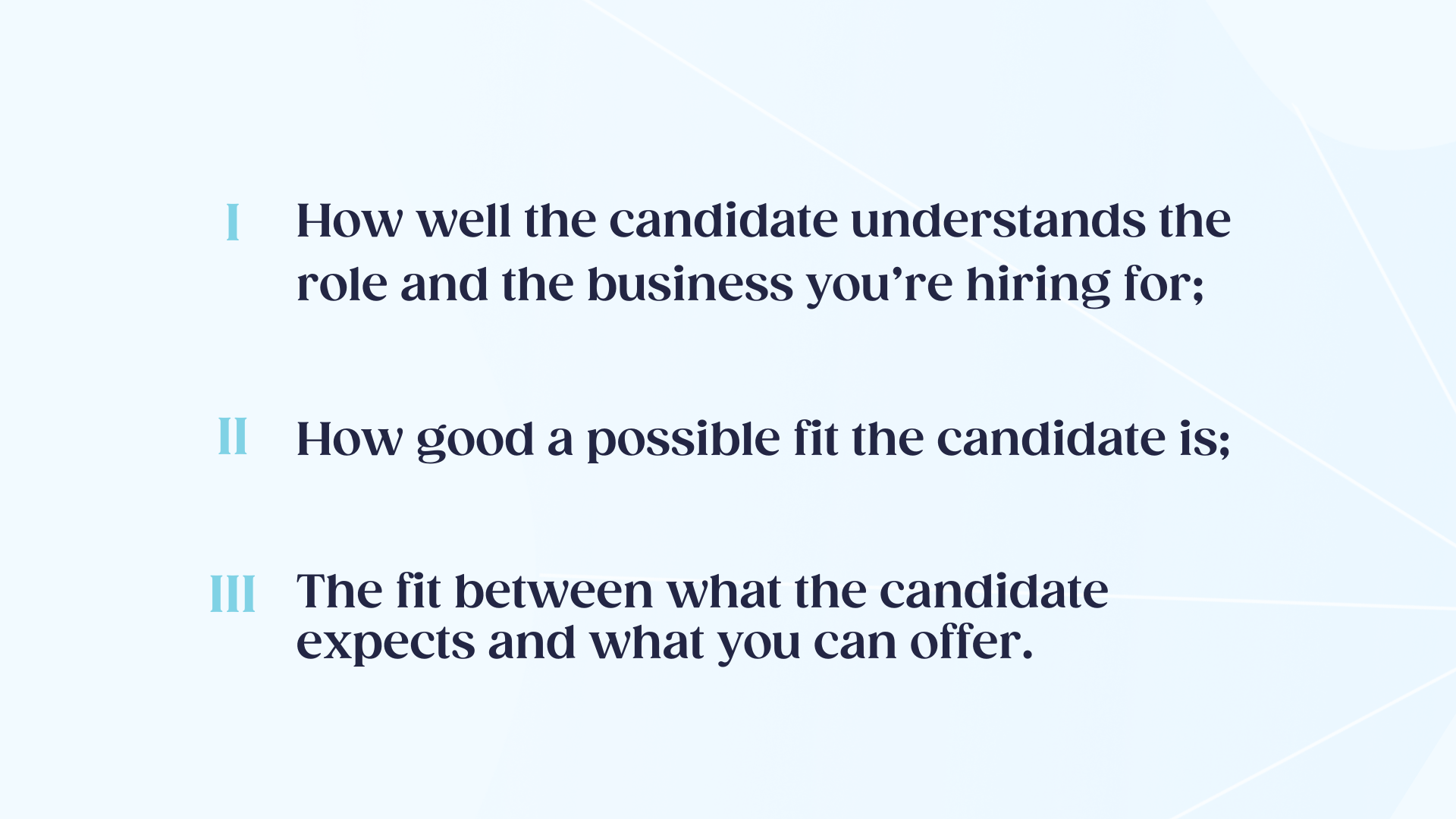
Job-fit meetings are usually the first opportunity to meet a candidate in person and are often held by an external headhunter or an in-house talent acquisition professional.
With the meetings, your aim is to clarify three things:
How well the candidate understands the role and the business you’re hiring for;
How good a possible fit the candidate is;
The fit between what the candidate expects and what you can offer.
Focus on getting answers to these three questions and spend time on nothing else. Also, give the candidate an opportunity to ask additional questions and inform them when they can expect to hear from you again.
Decision maker interviews
More interviews are not always better. Realistically, what would you ask during the third interview that you couldn’t with the first or second?
When you keep learning new and valuable information with the third, fourth or even fifth interview, then there’s something clearly wrong with your process.
Any interview you have with a candidate needs to have a clear purpose and structure. Having just a chat with a candidate will not help in making a hiring decision. You are looking for a highly qualified and experienced professional, not a friend to have beers at a pub.
As for the questions themselves, I recommend using behavioural interviewing techniques. This type of interviewing focuses on candidates' past experiences by asking questions concerning specific behaviours, skills, and abilities.
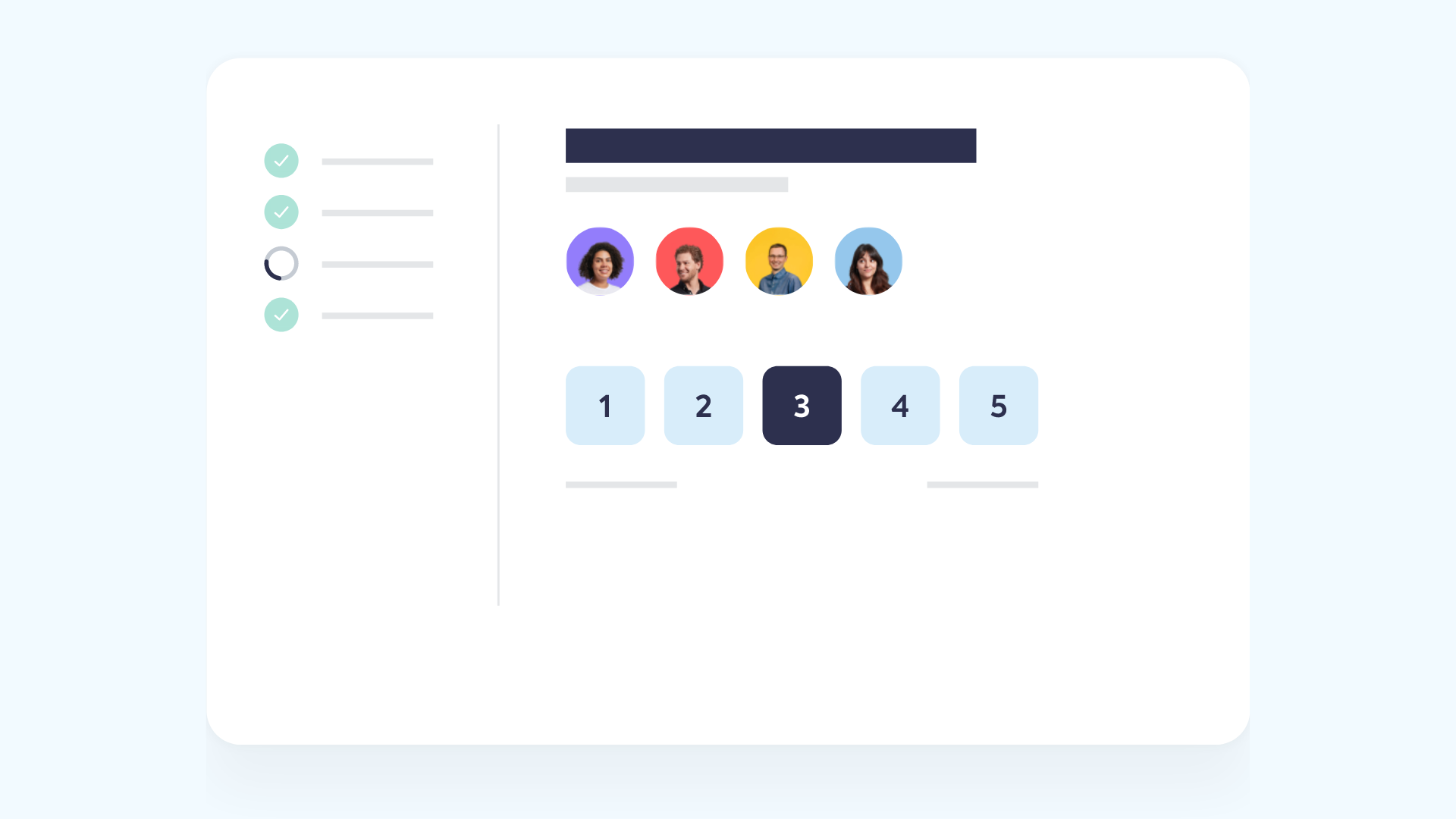
My other tips for interviewing include the following:
Use the same structure and questions for all candidates;
Only ask questions that help in evaluating against your previously set criteria;
Avoid questions on hobbies and brainteasers. They do not help when making a hiring decision;
Use a standard evaluation sheet/scorecard with all interviews. Score each section/question separately;
Use a panel interview when multiple people are involved in the decision-making - one person takes the lead while others use the evaluation sheet/scorecard for their evaluations;
Make sure that all scoring/evaluation happens before any discussion can occur.
At Wisnio, we use an interactive scorecard and interview guide with questions based on position-specific key performance indicators (KPIs), basic or threshold criteria, and differentiating competencies.
Learn more: A 3-step guide to behavioral interviewing success / How to prepare for an interview
Checking references
Checking references only works if you ask specific questions about the areas or experiences you want to verify. Asking to evaluate a candidate on a scale of 1 to 10 does not help and can lead to worse decision-making.
I had a frustrating experience once when a hiring executive called up the previous bosses of a shortlisted candidate and asked them to rate the candidate from 1 to 10. He declined the candidate because no one gave him a 10.
In short: ask for facts, and make your conclusions from there.
“Successful teams are aware of themselves as a team, and Wisnio has helped us make teams aware of themselves and how they operate and fit together.”
Tim Bright - Partner, OneWorld Consulting
Making the hiring decisions
When making the final hiring decision, it’s important to have all the support data and evaluation results together so that you can compare them and read the notes other evaluators have left about the candidates.
At Wisnio, we combine data from the evaluation results into a common dashboard that shows all candidates and their respective evaluation scores from all evaluators in a single chart:
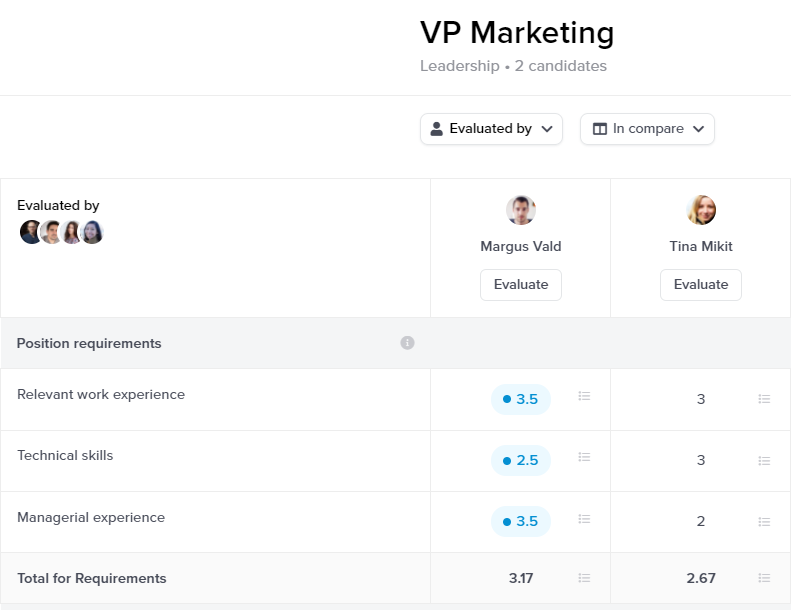
Example hiring scorecard
When making a hiring decision, hiring the candidate with the highest score is recommended.
Then again, there are times when you have to choose between two similarly high-scoring candidates and in those situations, using gut feeling as an indicator is permissible. But only after using a structured process.
Kahneman’s research has shown that gut feeling alone is not a good indicator, but its predictability rises when used in combination with a structured process and evaluation.
In the end, it comes down to the executive (or hiring manager). It’s one of those lonely decisions they must make on their own.
Learn more: How to use hiring scorecards for better talent assessment
Onboarding
Hiring is complete only after successful onboarding. This means that the new employee fully understands their new role and what is expected of them, has a clear action plan, and is integrated into the team.
In general, whenever the new hire leaves within a year of joining the company, it’s either because of a clear hiring mistake or insufficient onboarding. Both must be taken seriously to understand what went wrong and what to improve.